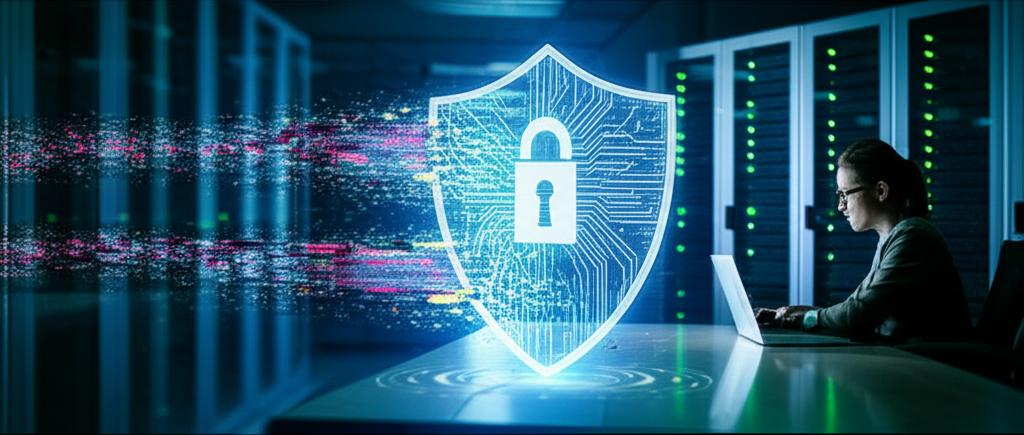Invincible Defenses: Essential Strategies to Prevent Ransomware Attacks
Ransomware remains one of the most insidious and financially devastating cyber threats facing individuals and organizations today. These malicious programs encrypt your files and demand a ransom, often in cryptocurrency, for their release. The good news? With proactive planning and robust security practices, you can significantly reduce your vulnerability. This guide outlines essential strategies to build an invincible defense against ransomware.
Understanding the Ransomware Threat
Before diving into prevention, it’s crucial to understand how ransomware typically operates. Attackers often gain access through:
- Phishing Emails: Luring victims into clicking malicious links or opening infected attachments.
- Vulnerable Software: Exploiting unpatched operating systems or applications.
- Remote Desktop Protocol (RDP) Weaknesses: Brute-forcing or stealing credentials for remote access.
- Malicious Websites & Downloads: Drive-by downloads or deceptive installers.
Core Strategies for Ransomware Prevention
1. Implement a Robust Backup and Recovery Plan
Your ultimate safeguard against data loss from ransomware is a comprehensive backup strategy. No matter how sophisticated an attack, if you have current, uncompromised backups, you can restore your systems without paying the ransom.
- Follow the 3-2-1 Rule: Keep at least three copies of your data, store them on two different types of media, and keep one copy off-site.
- Offline/Immutable Backups: Ensure at least one backup copy is disconnected from your network (offline) or stored in an immutable format that ransomware cannot encrypt or delete.
- Regular Testing: Periodically test your backup restoration process to ensure data integrity and a smooth recovery.
2. Keep All Software and Systems Updated
Software vulnerabilities are a primary target for ransomware attackers. Patch management is fundamental to preventing exploitation.
- Enable Automatic Updates: For operating systems (Windows, macOS, Linux) and critical applications whenever possible.
- Regular Patching: Implement a routine for applying security patches to all software, browsers, and firmware as soon as they are released.
- Decommission Old Software: Remove or update any end-of-life software that no longer receives security updates.
3. Exercise Extreme Caution with Emails and Phishing Attempts
Phishing remains a top infection vector for ransomware. Your vigilance is a critical line of defense.
- Be Skeptical: Never click on suspicious links or open attachments from unknown senders.
- Verify Sender Identity: If an email seems unusual, even from a known contact, verify its legitimacy through another channel (e.g., a phone call).
- Hover Before Clicking: Hover your mouse over links to see the actual destination URL before clicking.
- Email Security Solutions: Implement email filtering, spam blockers, and advanced threat protection.
4. Strengthen Passwords and Implement Multi-Factor Authentication (MFA)
Weak or compromised credentials are a gateway for attackers.
- Use Strong, Unique Passwords: For all accounts, especially administrative ones. Consider using a reputable password manager.
- Enable MFA: Implement Multi-Factor Authentication (MFA) on all critical services (email, cloud accounts, VPN, remote access). MFA adds an essential layer of security, making it exponentially harder for attackers to gain access even with stolen passwords.
5. Deploy and Maintain Robust Antivirus/Antimalware Solutions
Endpoint protection is vital for detecting and blocking known ransomware variants and suspicious activities.
- Install Reputable Software: Use up-to-date antivirus and anti-malware software on all devices.
- Enable Real-time Scanning: Ensure your security software is always active and performing real-time protection.
- Regular Scans: Schedule full system scans to catch anything that might have slipped past real-time defenses.
6. Implement Network Segmentation and Firewall Protection
Limit the potential spread of ransomware within your network.
- Network Segmentation: Divide your network into smaller, isolated segments to prevent ransomware from quickly spreading across your entire infrastructure if one segment is compromised.
- Firewall Configuration: Configure firewalls to block unauthorized access and filter suspicious traffic. Close unnecessary ports.
- Disable RDP When Not in Use: If RDP is essential, secure it with strong passwords, MFA, and restrict access to trusted IPs only.
7. Educate and Train Employees Regularly
The human element is often the weakest link. Regular security awareness training can turn employees into your strongest defense.
- Ongoing Training: Conduct regular training sessions on recognizing phishing, safe browsing habits, and company security policies.
- Simulated Phishing Attacks: Run controlled phishing simulations to test employee vigilance and provide targeted education.
8. Develop an Incident Response Plan
Despite best efforts, an attack might still occur. A well-defined plan minimizes damage and accelerates recovery.
- Isolation Procedures: Know how to quickly isolate infected systems to prevent further spread.
- Communication Strategy: Define who to notify (IT, management, legal, customers if data is breached).
- Recovery Steps: Detail the steps for data restoration from backups and system rebuilding.
- Post-Incident Review: Learn from the incident to improve future defenses.
Proactive Measures for Enhanced Security
- Least Privilege Principle: Grant users only the minimum permissions necessary to perform their jobs.
- Application Whitelisting: Allow only approved applications to run on your systems.
- Regular Security Audits: Periodically review your security posture, identify weaknesses, and update policies.
Conclusion
Preventing ransomware requires a multi-layered, vigilant approach that combines technological solutions with human awareness. By consistently implementing these essential strategies – from robust backups and regular updates to strong authentication and ongoing training – you can build an invincible defense, safeguarding your data and ensuring business continuity in the face of evolving cyber threats. Stay proactive, stay secure!







